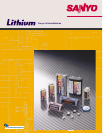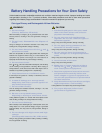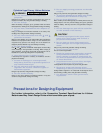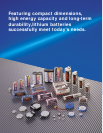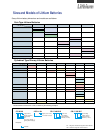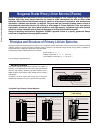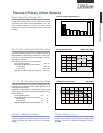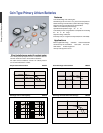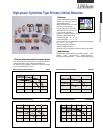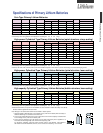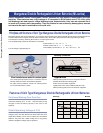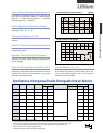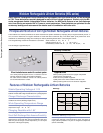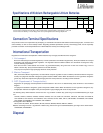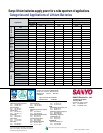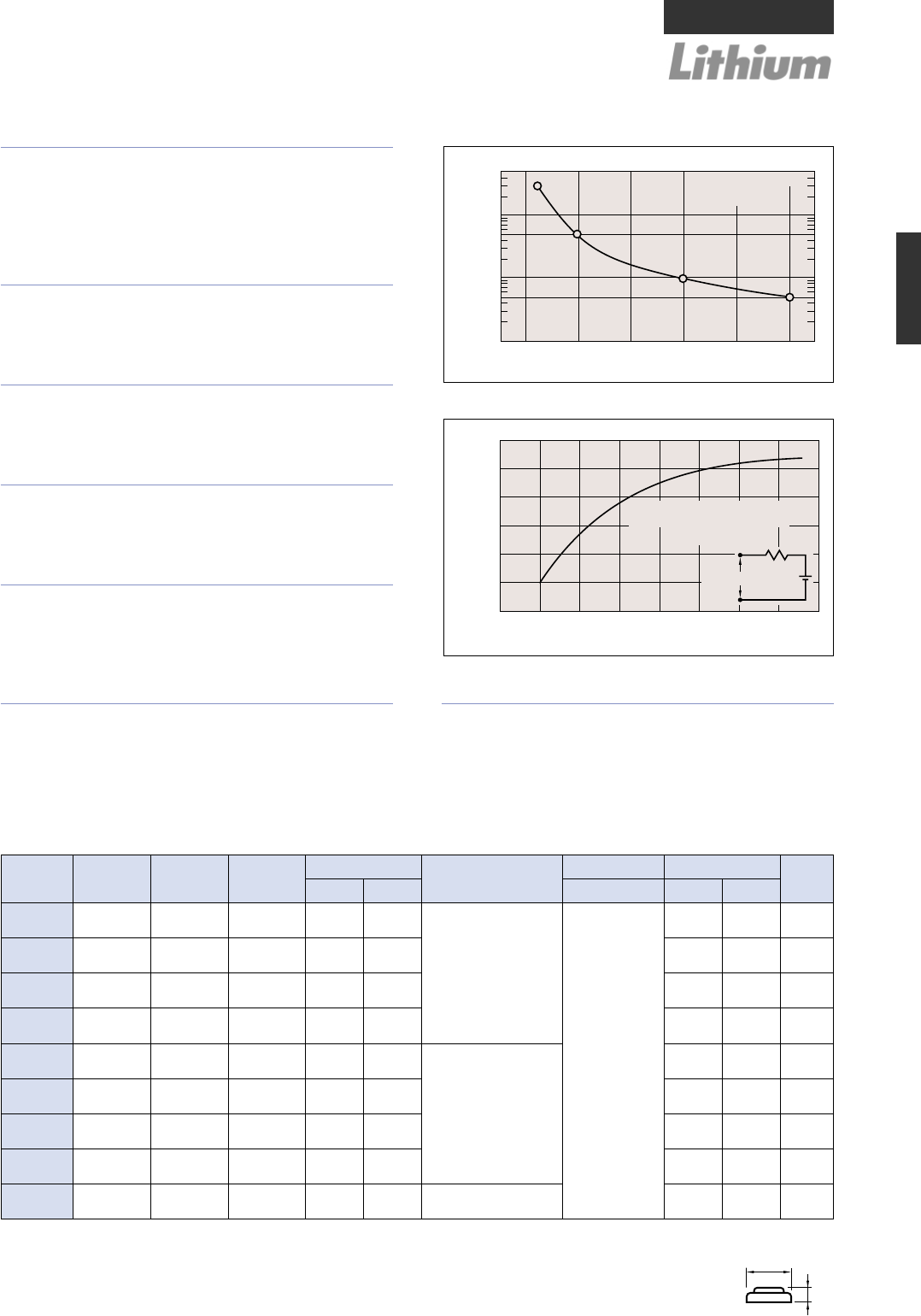
Charge/Discharge Cycle Characteristics
ML2016
Charging Voltage vs. Cell Capacity
Specifications of Manganese Dioxide Rechargeable Lithium Batteries
Superior Charge/Discharge Characteristics (ML2430)
Our batteries can withstand 20,000 cycles, 3,000 cycles and
500 cycles under discharge conditions of 1.0mAh (discharge
depth of 1 ), 5.0mAh (discharge depth of 5 ) and 20mAh
(discharge depth of 20 ) respectively.
Wide Operating Temperature Range
The use of an organic electrolyte gives an extended operating
temperature range: 20 to 60 .
Charging Possible with 2.8V
Even a charging voltage as low as 2.8V ensures high charge
efficiency.
Excellent Continuous Charging Performance
Stable characteristics are maintained even when continuously
charged for long periods.
Superior Overcharging Performance
The use of an organic solvent rather than an alkali for the
electrolyte and superior sealing technology significantly reduce
the risk of leakage.
Small Self-Discharge Rate Assures Durability
The self-discharge rate of approx. 2% per year at room
temperature is much lower than that of Ni-Cd button cells. Even
after five years of storage at room temperature, you can expect
about 90% of the original capacity.
Greater Safety
(UL approved)
Since Sanyo manganese dioxide rechargeable lithium batteries
do not contain toxic materials, noxious liquids or gases, they
pose no major pollution problems. They are UL recognized
components: (File No. MH12383).
Denotes models supplied with extra terminals.
1 Nominal capacity is determined to an end voltage of 2.0V when the battery is allowed to discharge at a standard current level at 23 .
2 Current value is determined so that 50% of the nominal capacity is obtained with an end voltage of 2.0V at 23 .
3 Current value for obtaining 2.0V cell voltage when 15sec. pulse applied at 50% discharge depth at 23 .
4 ML414R is able to use the reflow soldering process.
Consult Sanyo for details of items not described in this catalog.
Rechargeable Lithium Batteries



